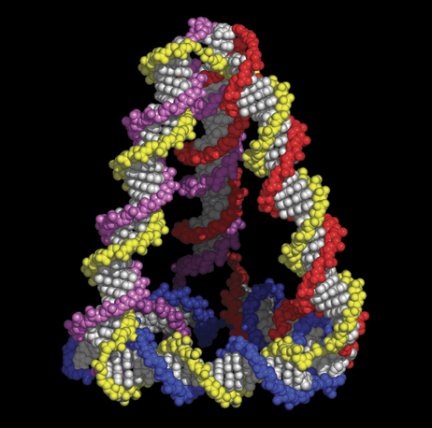Two of the most important materials underpinning our industrial society are silicon and steel. Without silicon, the material from which microprocessors and memory chips are made, there would be no cheap computers, and telecommunications would be hugely less powerful and more expensive. Steel is at the heart of most building and civil engineering, making possible both cars and trucks and the roads they run on. So I was struck, while reading Vaclav Smil’s latest book, Transforming the Twentieth Century (about which I may write more later) by some contrasting statistics for the two materials.
In the year 2000, around 846 million tonnes of steel was produced in the world, dwarfing the 20,000 tonne production of pure silicon. In terms of value, the comparison is a little closer – at around $600 a tonne, the annual production of steel was worth $500 billion, compared to the $1 billion value of silicon. Smil quotes a couple of other statistical nuggets, which may have some valuable lessons for us when we’re considering the possible economic impacts of nanotechnology.
Steel, of course, has been around a long time as a material, but it’s easy to overlook how significant technological progress in steel-making has been. In 1920, it took the equivalent of 3 hours of labour to make 1 tonne of steel, but by 1999, this figure had fallen to about 11 seconds – a one thousand-fold increase in labour productivity. When people suggest that advanced nanotechnologies may cause social dislocation, by throwing workers in manufacturing and primary industries out of work, they’re fighting yesterday’s battle – this change has already happened.
As for silicon, what’s remarkable about it is how costly it is given the fact that it’s made from sand. One can trace the addition of value through the production chain. Pure quartz costs around 1.7 cents a kilogram; after reduction to metalurgical grade silicon the value has risen to $1.10 a kilo. This is transformed into trichlorosilane, at $3 a kilo, and then after many purification processes one has pure polycrystalline silicon at around $50 a kilo. Single crystal silicon is then grown from this, leading to monocrystalline silicon rod worth more than $500 a kilo, which is then cut up into wafers. One of the predictions one sometimes hears about advanced nanotechnology is that it will be particularly economically disruptive, because it will allow anything to be made from abundant and cheap elements like carbon. But this example shows the extent to which the value of products doesn’t necessarily reflect the cost of the raw ingredients at all. In fact, in cases like this, involving complicated transformations carried out with high-tech equipment, it’s the capital cost of the plant that is most important in determining the cost of the product.
